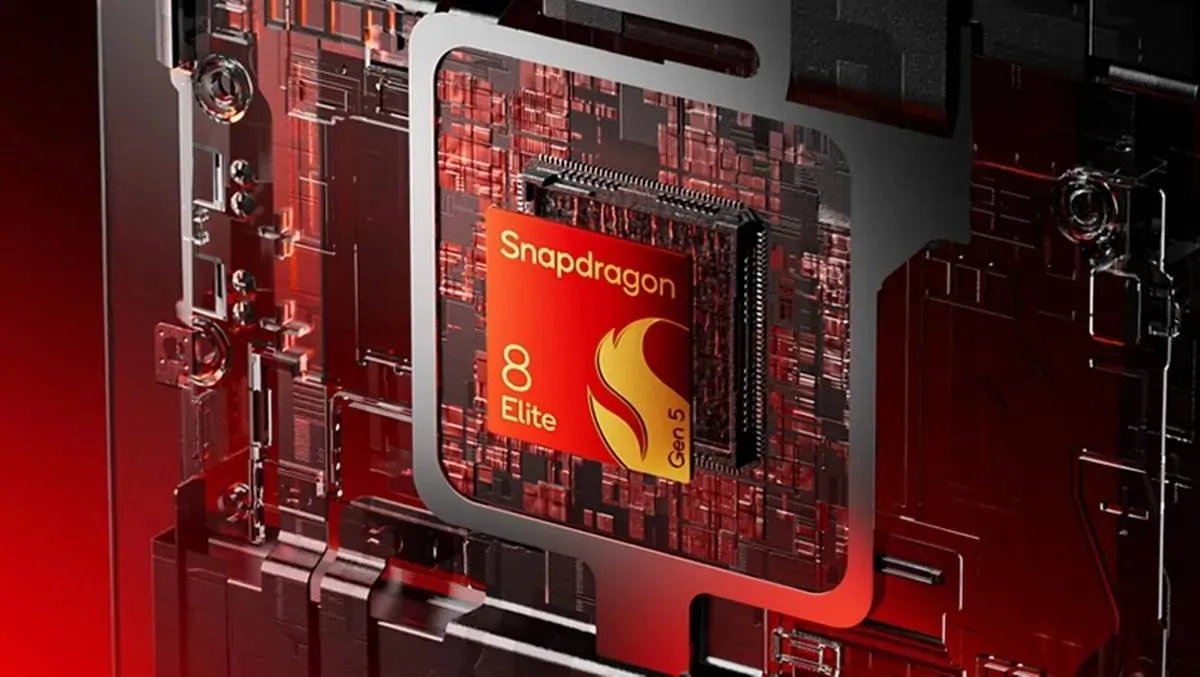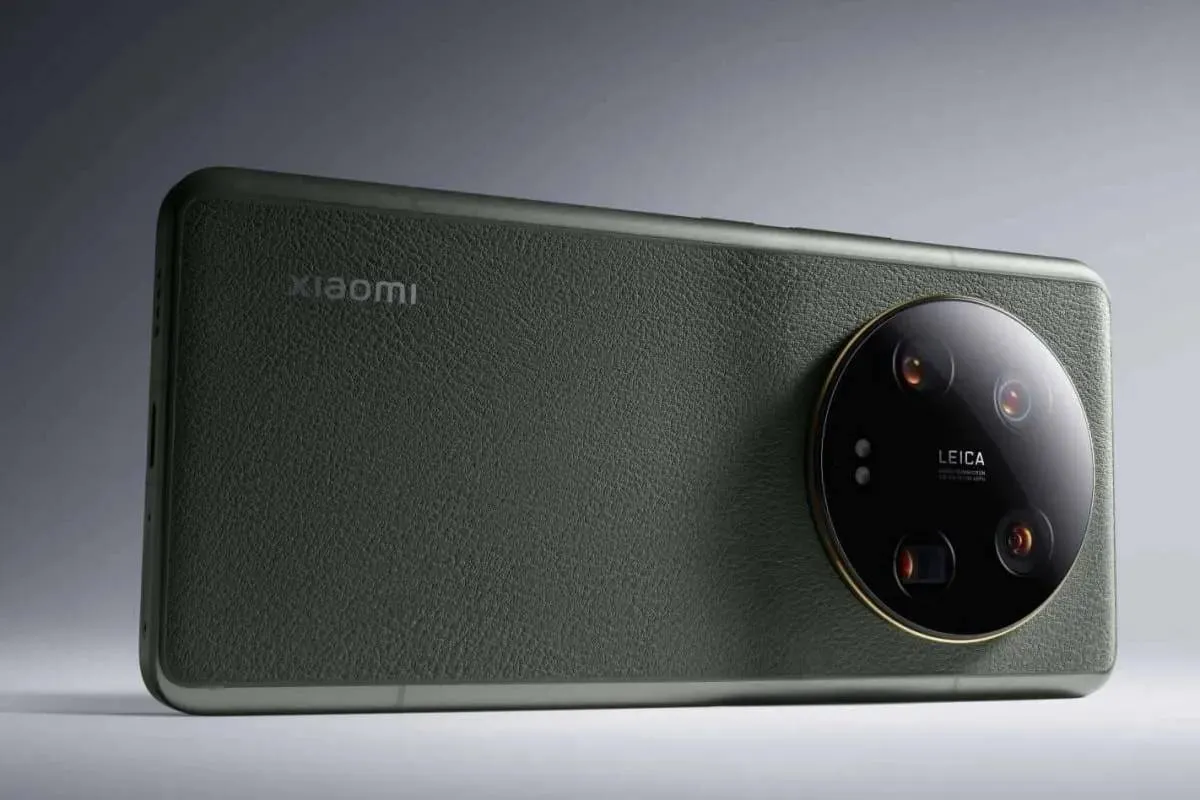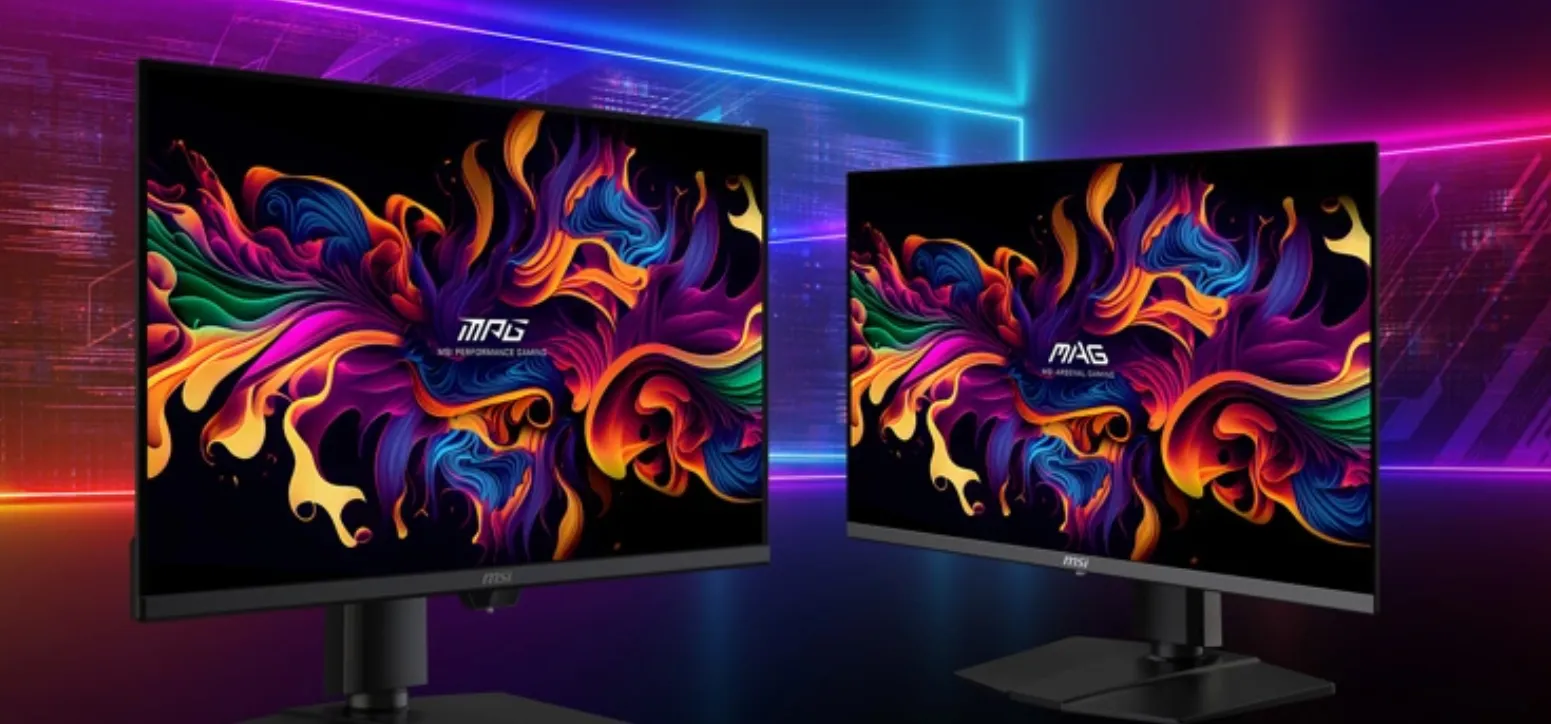UMIDIGI Note 100 vs G100: Two Titans Emerge With Unrivaled Power
SponsoredTuesday, 06 August 2024 at 09:14
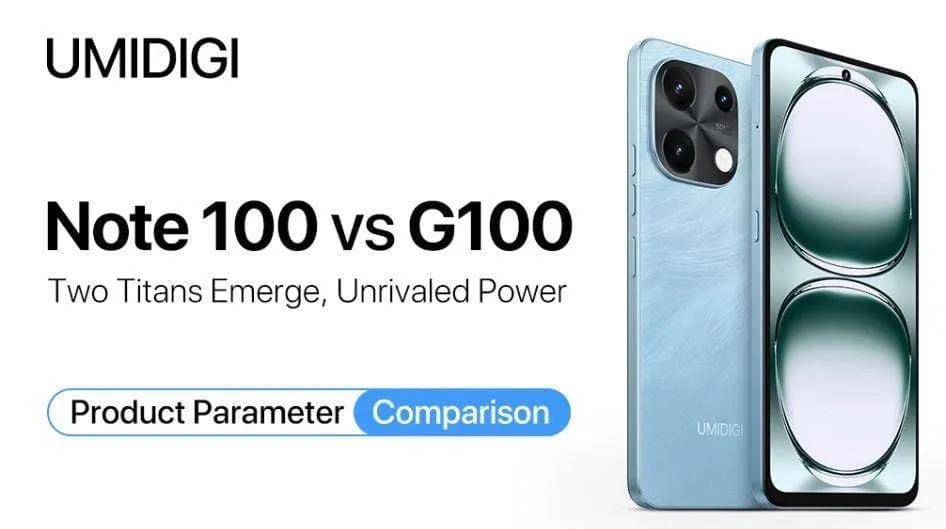
The smartphone market is set to witness a new wave of innovation as UMIDIGI prepares to launch its latest creations, the Note 100 and G100. Both phones boast unique attributes in design, screen size, body thickness, and battery life, while sharing an array of cutting-edge features, offering consumers an unprecedented choice challenge.
Design: Irregular Textured Art vs. Classic Symmetry
UMIDIGI Note 100 stands out with its revolutionary irregular textured design on the back. This avant-garde inspiration, rooted in the fluidity and untamed spirit of nature, imbues the phone's appearance with an unprecedented sense of dynamism and vitality. It's not just a technological marvel but a harmonious blend of art and nature, showcasing the brand's fearless exploration of innovative design.
In contrast, the G100 adheres to a timeless symmetrical aesthetic. Through meticulously crafted workmanship, it vividly interprets the beauty of balance and harmony. Every detail reflects an unwavering pursuit of perfect form. This phone isn't merely a device but a modern reinterpretation of classic aesthetics.
Though they adopt different design philosophies, both phones feature flagship-level quality and craftsmanship, catering to the diverse and personalized aesthetic preferences of the market, collectively setting a new trend in smartphone aesthetics.
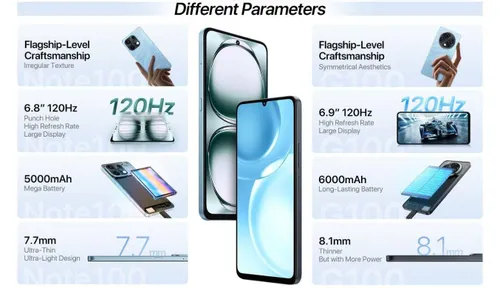
Screen Experience: Slight Size Difference, Same Smoothness
On the screen front, both Note 100 and G100 feature a 120Hz high refresh rate display, delivering a silky smooth visual experience. However, there is a slight difference in screen size: the Note 100's 6.8-inch display enhances immersion during movie watching and gaming, while the G100's 6.9-inch super-large screen further expands the view, making web browsing and multitasking a breeze.
Body Thickness and Battery Life: Slimness vs. Endurance
While pursuing ultimate slimness, UMIDIGI also focuses on enhancing battery life. The Note 100, with a body thickness of 7.7mm, showcases UMIDIGI's exquisite industrial design skills. Hence providing an ideal choice for users who prioritize feel. The G100, on the other hand, maintains an 8.1mm slim body while housing a 6000mAh large battery, significantly improving battery life compared to the Note 100's 5000mAh, allowing users to enjoy the slim feel while also having longer usage time.
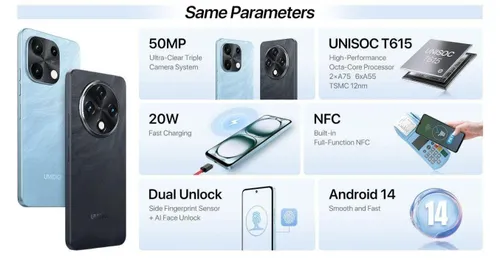
Shared Highlights: Perfect Fusion of Technology and Functionality
Apart from the aforementioned differences, the Note 100 and G100 achieve a high degree of consistency in many aspects. As the world's first models with the UNISOC T615 processor, both phones are equipped with this powerful core. Ensuring quite a smooth operating experience. They feature a 50MP triple-camera system, making it easy to capture beautiful moments whether for daily photography or professional creation. Both support 20W PD protocol fast charging, greatly reducing charging time. Additionally, they come with full-featured NFC, facilitating mobile payments, access card simulation, and more. The dual unlocking methods of side fingerprint and AI facial recognition ensure user security. Furthermore, both phones run the latest Android 14 operating system, offering a smarter and more convenient user experience.
Conclusion
The coming up of UMIDIGI Note 100 and G100 not only showcases UMIDIGI's innovative prowess in the smartphone realm but also provides consumers with diverse choices. Whether pursuing lightweight agility or strong battery life, users will find a suitable option in these two phones.
Popular News
Latest News
Loading
